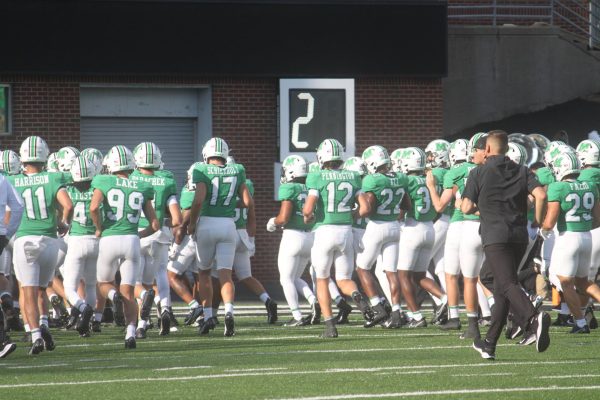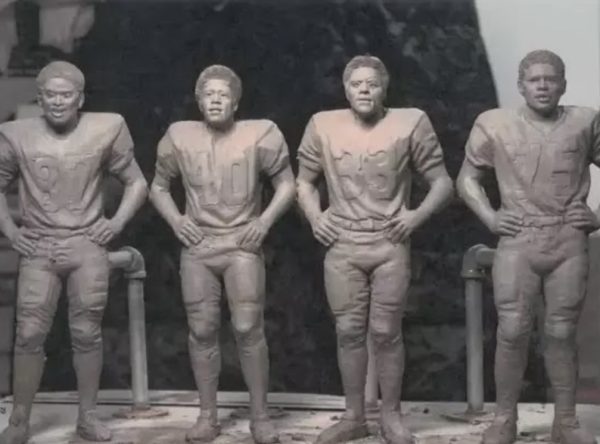Volunteers to install green roof on engineering complex
More stories from Patrick Breeden
The Marshall University College of Science and the Sustainability Department will work with volunteers Wednesday to install a new green roof on the Arthur Weisberg Engineering Complex.
Roughly 56 volunteers are expected to help Marshall staff move and install plants from 9 a.m. to 6 p.m. and cover the engineering complex’s materials testing lab roof with plants native to Appalachia.
The plants are shipped from Riverbend Nursery in Riner, Virginia.
COS Dean Charles Somerville said the plants will prevent large amounts of rainfall runoff from flowing down to the streets and creating floods. They will also decrease runoff flowing into storm drains that dump into the river, thus reducing temporary pollution in local rivers.
“Everything that we can do as a society to slow water down and trap it before it gets down into the storm water systems helps to alleviate some of the street flooding and also to alleviate some of that river pollution,” Somerville said.
Marshall Environmental Specialist Travis Bailey said the plants’ six inches of soil will also reduce temporary pollutions.
Somerville said the West Virginia Department of Environmental Protection regulates Marshall’s storm water runoff through a storm water permit.
Somerville said not all buildings are designed to sustain the weight that comes with a green roof, but he would like to see more buildings take on the project in the future.
Bailey said each module of plants can weigh up to 40 pounds per square inch.
Bailey said any building on campus could benefit from a green roof installation, but the weight brought on by the project makes installation unattainable for older structures.
Bailey said the John Deaver Drinko Library could withstand a green roof.
The entire roof of the building will not be covered because the COS lacks the necessary funding.
Somerville said it costs $100,000 to cover the materials testing lab roof, and he estimates covering the entire roof would cost $250,000.
The building is expected to earn a rating of silver from the Leadership in Energy & Environmental Design when the green roof installation is complete. LEED is part of the U.S. Green Building Council.
Insolation provided by the plants will also increase longevity of the roof. Bailey said the plants will block wind and sun corrosion and increase the roof’s lifespan by 20 to 40 years.
Patrick Breeden can be contacted at [email protected].
Your donation will help continue the work of independent student journalism at Marshall University. If you benefit from The Parthenon's free content, please consider making a donation.





